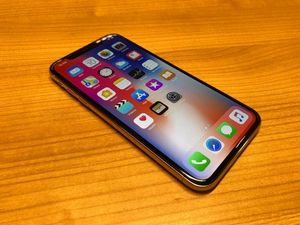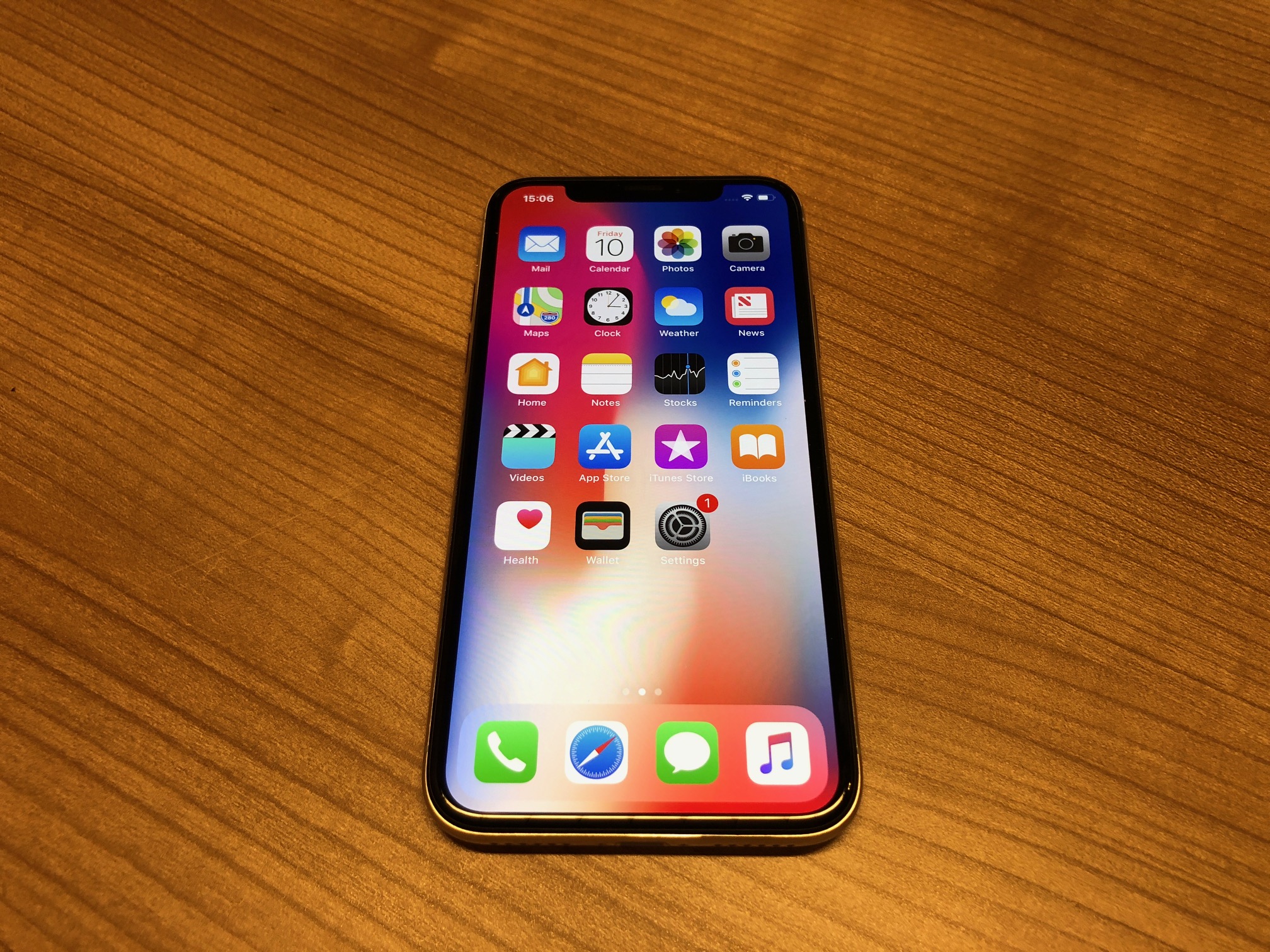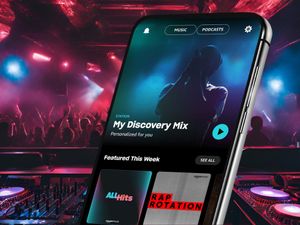iPhone X review: X marks the spot of Apple’s best ever iPhone
10 years on, Apple has redefined its phone again – just don’t call it the ‘ex’.

The iPhone X is arguably the most important iPhone Apple has ever released – it can also now be considered the best.
Marking 10 years since the iPhone was first introduced, the X is the first major redesign of the device in four years.
This redesign is driven by a new screen – the first OLED display on an iPhone and one that also runs almost completely to the edge of the phone for the first time.

The technology behind Face ID has also had a profound effect on the iPhone X’s appearance, all the sensors and tech housed at the top of the phone leading to the creation of the already controversial notch – the area of black that eats into the screen space.
An awful design flaw that ruins the appearance of the phone to some, others have labelled it the new iPhone signature identifier, succeeding the circular home button.
However, there is plenty to admire about the new phone.
Design

The combination is great, and though the iPhone X weighs a lot for a phone of its size, it’s still lighter and significantly narrower than the 8 Plus, sitting in the hand a lot more comfortably.
The display itself has terrific colour reproduction and is a joy to work on. Though it lacks the complete edge-to-edge finish of the Samsung Galaxy S8, it is a noticeable and impressive step forward for Apple devices.
Like the iPhone 8, the X also comes with a glass back, another new feature for Apple this year that allows the introduction of wireless charging.

The drop tests popping up online suggest otherwise, so it’s recommended you invest in a case should you opt to upgrade to the X.
The camera bump is also even more prominent on the X than previous iPhone handsets – a feat in itself – and the mound has shifted to a vertical orientation to make room for the TrueDepth camera tech that is part of Face ID.
This again ensures that even from the back the iPhone X is distinctive in appearance, and both the space grey and silver finishes on the back are pleasing to the eye.
However, the new steel frame on the side of the device is less appealing, particularly on the silver version.
Not only does it get covered in fingerprints quickly, it breaks the fluidity of the design, which is otherwise almost a complete triumph, creating arguably the best looking iPhone ever.
Gesturing

The most prominent of these is the ‘swipe up to unlock’, which is the replacement for pressing the home button. Mechanically it works in much the same way as that button in that executing it anywhere returns the user to the home screen.
Habitually, if you’re a long time iPhone user it may take a day or so to get completely used to, but the new system quickly becomes familiar and easy to use.
Swiping up from the bottom edge and holding is also the new way to bring up the App Launcher. This feels slightly less intuitive, but can be excused because of its status as a more peripheral task.
The Power button on the right side of the device has been elongated and is now used to call up Apple Pay – combining with Face ID to launch.

The introduction of the notch has greatly reduced screen space at the very top of the iPhone screen, with many of the icons that have been traditionally placed there sent elsewhere.
It makes double-checking if you’ve turned your alarm on, or disabled Do Not Disturb a more cumbersome process than just glancing at your screen, and as a result doesn’t feel as fluid as it could.
As is often the case with first generation products, there are inevitably kinks in the user experience, but overall the demise of the home button is not the interaction tragedy it sounds in theory, and most of that is down to the X’s sound replacements.
Face ID

It’s the first time face-scanning has been the sole biometric key used in a major smartphone – living up to Apple’s mantra that the X is the “future” of the smartphone.
Given the experience many have had with existing facial recognition technologies – from those in Samsung’s smartphones to Microsoft’s Windows Hello – it has always seemed a risk for Apple to base their flagship device around a still progressing technology.
The truth is, Face ID has been flawless during testing. On every occasion it instantly recognised my face in a range of situations – including when hurrying towards Underground station gates to prompt Apple Pay – as well as from a multitude of angles.
Even when lying face up on a desk, tapping to wake the iPhone and gently leaning over it, Face ID worked.
The system relies on seeing a user’s eyes, nose and mouth, so chunky scarves and other clothing that obscure your face will obviously have an impact.
Sunglasses too, depending on how dark they are, will prevent an unlock.
The iPhone X should be commended for removing a layer of the cumbersome nature of opening a locked phone, seemingly without compromising security at all.
The speed of the unlock is also impressive – on most occasions by the time you’ve raised the phone and swiped up to unlock, Face ID has spotted and verified it’s you, creating the impression the robust security isn’t there at all. Again, a fine achievement from an experience perspective.
Experience

It’ll be the one thing people want to see when they spot your iPhone X, and its likely that’ll be the extent of its use for now.
The battery life is also excellent for an iPhone, comfortably lasting a full day of use.
Elsewhere the user experience with the X and iOS 11 is generally good, but not without issues.
The differing speeds with which app developers are updating to fit the X screen means on occasions you have to deal with black borders at the top and bottom of the screen.

This may, and hopefully will, change in future software updates.
In terms of photography, the camera system in the iPhone X has taken a step forward from previous iPhone generations. The dual rear camera system has an improved telephoto lens and larger aperture to let in more light, which results in brighter photos generally.
But crucially performance in low light has greatly improved – with far more detail now visible in darker images.
Apple has also made changes to the front-facing camera, introducing Portrait mode so users can snap professional looking selfies, complete with soft focus in the background.
On top of the more headline new features elsewhere, these smaller pieces of the jigsaw make for the best iPhone experience ever.
Verdict

The glass back is a point of concern because of smashing issues and just how slippery it makes the phone when placed on a smooth surface.
The £999 starting price must also be considered an issue because Samsung’s main rival to the X, the Galaxy S8, can be picked up for £689.
But the X does represent the biggest leap forward for iPhone in four years, breaking the design cycle started with the iPhone 6 and at the same time offering a hardware/software package that should appeal to even diehard Android users.
It’s the iPhone Apple needed to create to fight off pressure from Android, and it delivers in every way.
5/5





